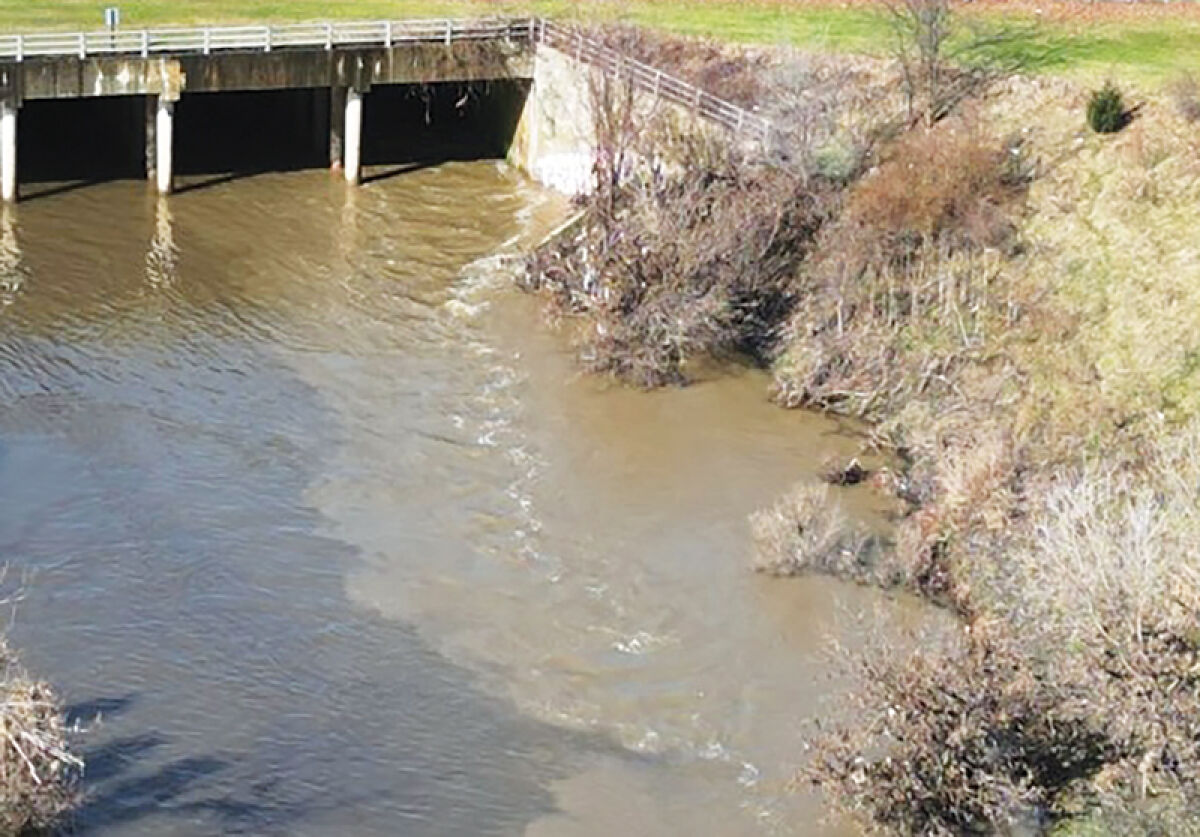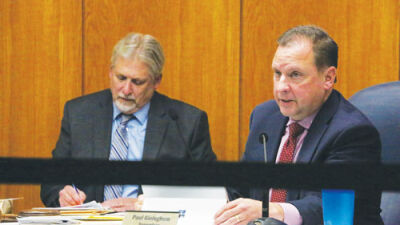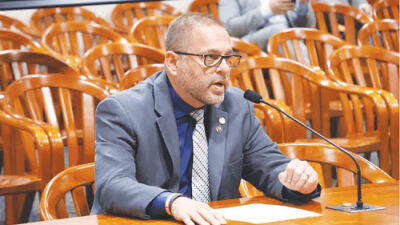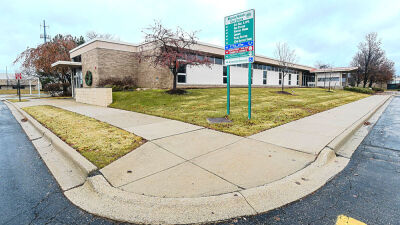CLINTON TOWNSHIP — Macomb County Public Works Commissioner Candice Miller released a statement on June 5 criticizing the office of Oakland County Water Resources Commissioner Jim Nash over its response to a state agency about recent discharges into the Red Run.
On April 29, the Michigan Department of Environment, Great Lakes and Energy sent a letter to the Oakland County Water Resources Commission about a sanitary sewer overflow that occurred at the Red Run on April 3. The agency’s letter required the commission to provide information about the April 3 overflow, an evaluation of operating procedures at the George W. Kuhn Retention Treatment Basin that could affect overflows and provide a corrective action plan to prevent further overflows. The third request included four specific requests about what the plan needed to include: hydraulic modeling of the sewers, evaluation of the capacity limitations and restrictions of the overflow chamber and short-term and long-term corrective action implementation plans to eliminate overflows.
The office’s response was made on May 29 via a letter signed by Chief Engineer Evagelos Bantios. Bantios’s responses about the modeling of the sewers and the evaluation of the overflow chamber’s capacity limitations were as follows:
“Concerning Item No. 3a and 3b, we have not seen areas of high infiltration and inflow in the system from the local communities,” Bantios said via email. “Nor have we seen capacity limitations or restrictions or other impacts that may cause the hydraulic grade line to overtop the overflow chamber in the Dequindre Interceptor with the (George W. Kuhn Drainage District) system.”
Regarding the short-term improvements, Bantios said the commission would “store as much flow as possible” in the system ahead of heavy weather events and “continue to discharge through the (George W. Kuhn Retention Treatment Basin)” under the impression that this will allow for more storage in the Dequindre Interceptor for backwater and reverse flow. Regarding long-term plans, Bantios said the Oakland County Water Resources Commission would work with the Great Lakes Water Authority “to determine how the GLWA system interacts with the (George W. Kuhn Retention Treatment Basin) system to see what improvements can be made to either or both the GLWA and (George W. Kuhn Retention Treatment Basin) systems” and that it would implement any improvements later.
“The Oakland County Water Resources Commissioner’s response shows a total lack of concern about what Oakland County discharges into the Red Run Drain and the damages these discharges do to our environment,” Miller said via press release. “After years of sanitary sewage overflows, and only after constant demands by Macomb County that state regulators do something, their response is that they’ll continue to discharge but they’ll look into it. That is NOT a corrective plan.”
Miller’s recommendation would be to build a larger retention basin or upgrade old infrastructure. She called on EGLE to require a definitive plan for improving the infrastructure as a requirement for renewing Oakland County’s discharge permit.
“If EGLE allowed them to actually do what Oakland County is suggesting, the end result would be more discharges by Oakland County into Macomb County and more flooding because the Red Run doesn’t have the capacity to handle even more during large rain events,” Miller said. “At a time when EGLE is involved in studying flooding in southeast Michigan, I can’t imagine that EGLE would approve of their response.”
Miller’s statement included an overture to Nash, calling on him to join her to lobby state and federal legislators to provide more funding and resources for infrastructure improvements.
Sanitary sewer overflows from Oakland County have been blamed for solid waste entering the Clinton River and Lake St. Clair.
 Publication select ▼
Publication select ▼





















